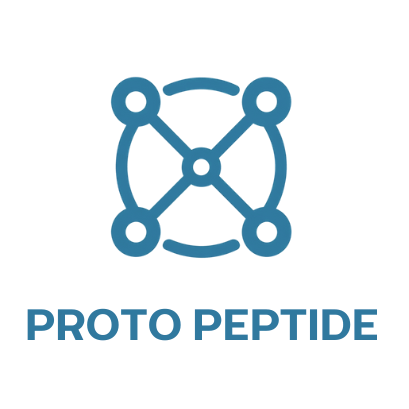GLP-1 and Type 2 Diabetes: Beyond Blood Sugar Control
Glucagon-like peptide-1 (GLP-1) has garnered significant attention in recent years as a powerful therapeutic target in the management of Type 2 diabetes mellitus (T2DM). While its role in lowering blood glucose is well-established, emerging research suggests GLP-1 analogs offer additional metabolic and systemic benefits, positioning them as multifaceted tools in diabetes care and related research.
What Is GLP-1?
GLP-1 is an incretin hormone secreted by the L-cells of the small intestine in response to nutrient intake. It enhances glucose-dependent insulin secretion, suppresses glucagon release, slows gastric emptying, and promotes satiety. Due to its short half-life in the body, pharmaceutical research has led to the development of GLP-1 receptor agonists (GLP-1 RAs) that are more stable and longer-acting.
GLP-1 in Type 2 Diabetes Management
In the context of T2DM, GLP-1 RAs improve glycemic control primarily by:
- Stimulating insulin release in a glucose-dependent manner
- Suppressing glucagon secretion
- Delaying gastric emptying to reduce postprandial glucose spikes
- Increasing feelings of satiety, which often leads to weight loss
Because their action is glucose-dependent, GLP-1 RAs are associated with a low risk of hypoglycemia—making them a safer option than traditional secretagogues like sulfonylureas.
Beyond Blood Sugar: Broader Benefits of GLP-1
Recent studies have expanded the scope of GLP-1 research to include a variety of non-glycemic effects:
- Cardiovascular Protection: GLP-1 RAs have demonstrated reductions in major adverse cardiovascular events (MACE) in patients with T2DM.
- Neuroprotection: Early data suggest potential protective effects against neurodegenerative diseases such as Alzheimer’s and Parkinson’s.
- Weight Management: GLP-1’s ability to increase satiety has been leveraged in obesity research and pharmaceutical applications.
- Renal Outcomes: GLP-1 RAs may provide protective effects on kidney function, particularly in patients with diabetes-related nephropathy.
Research Landscape and Future Applications
Ongoing research is exploring GLP-1 pathways not only in metabolic diseases but also in inflammatory conditions, cardiovascular health, and cognitive decline. Multi-agonist peptides (e.g., GLP-1/GIP or GLP-1/glucagon co-agonists) are also being studied for enhanced efficacy.
This broadening scope underscores the relevance of GLP-1 beyond glycemic control and highlights its value as a model for peptide-based therapeutic innovation.
Conclusion
GLP-1 and its receptor agonists represent a paradigm shift in how Type 2 diabetes is approached—moving from a glucose-centric view to a more comprehensive metabolic strategy. As research continues to unravel the far-reaching benefits of GLP-1, its role in scientific exploration and therapeutic development is only expected to grow.
Disclaimer
This content is intended for informational and educational purposes only and is not intended to promote or sell any product. It is not a substitute for professional medical advice, diagnosis, or treatment. Always consult with a qualified healthcare provider before starting any new supplement or research compound. The statements provided have not been evaluated by the FDA or Health Canada and are subject to change as scientific understanding evolves.
